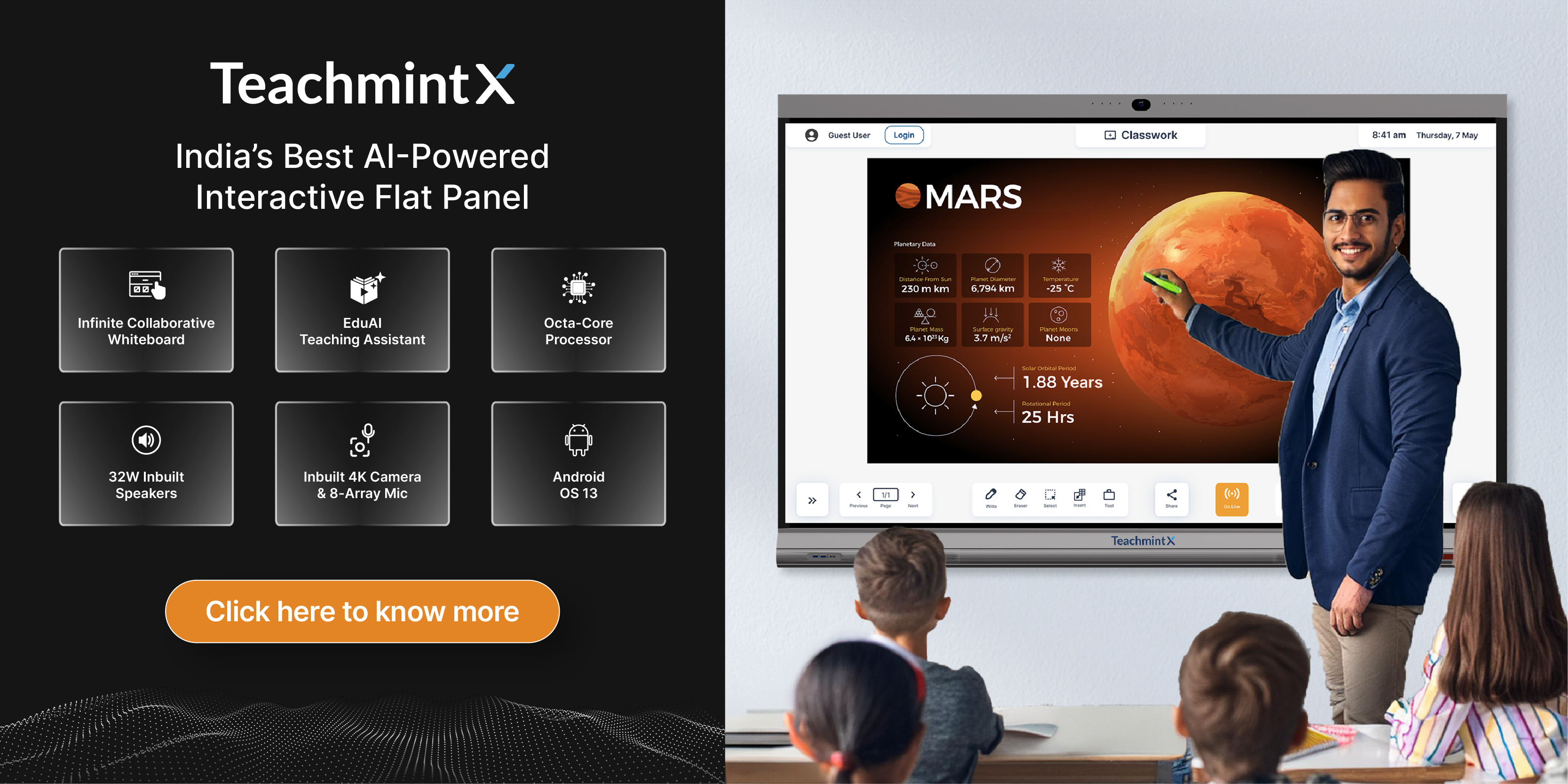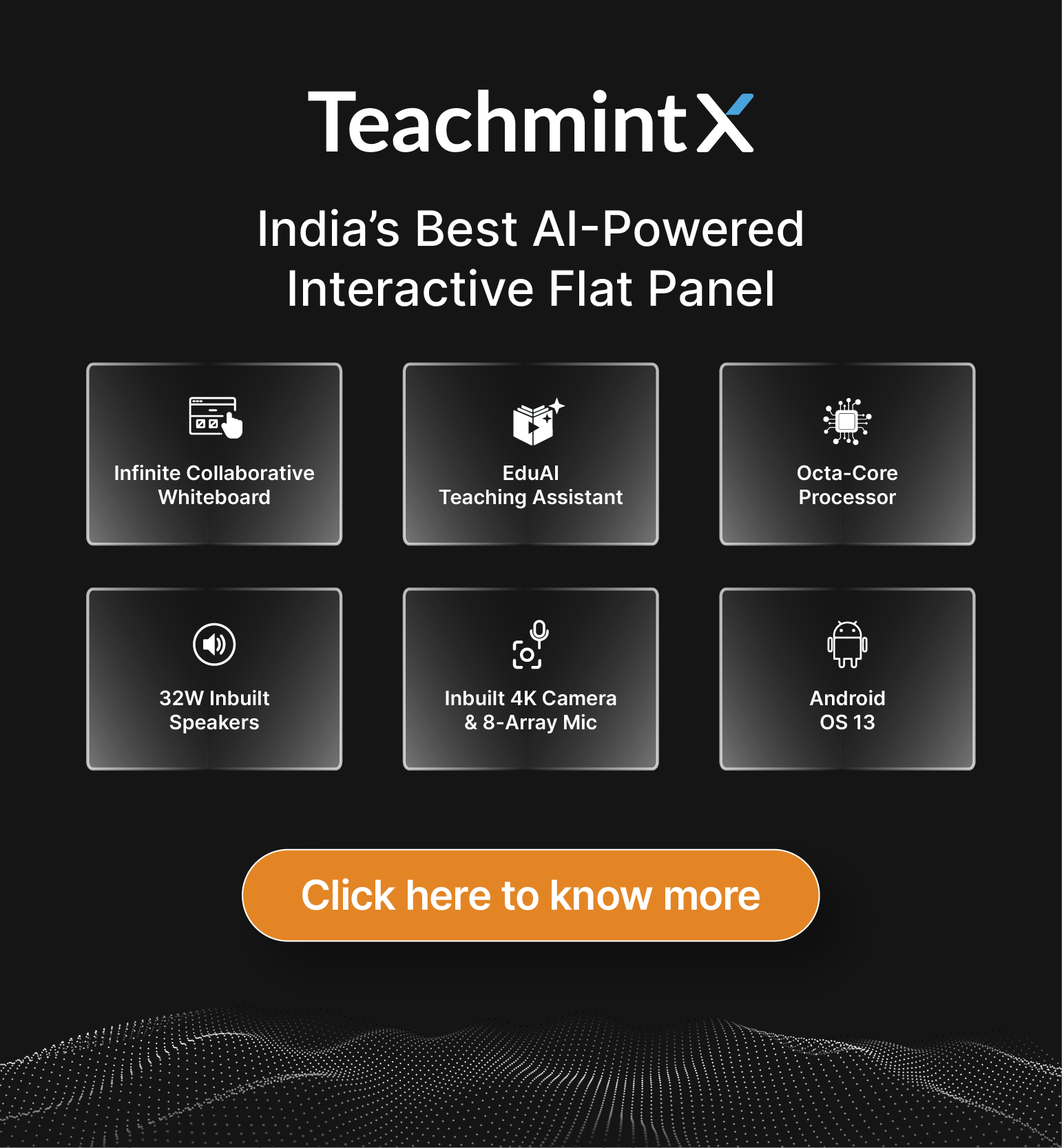Instructional methods consist of principles and methods used by teachers to enhance and relate the training to learners. It is defined by the process that you use to instruct people on a particular topic. In this ever-changing world, the needs, expectations, and demands of learners have also changed a lot. Therefore teachers need to come out of the traditional teaching practices and opt for creative techniques.
Each instructional method has its use. Instructional methods of teaching are kinds of instructional ways or activities used to guide the facilitation of learning in each phase of the instructional process. There can be hundreds of variations in it. Do you know what the four types of instructional methods are? The four types are information processing, behavioural, social interaction, and personal. Within each model, several strategies can be used. Strategies determine the approach a teacher may take to achieve learning objectives. The purpose of such methods is that it is an important aspect of teaching and learning to determine the activities of teachers and students. Appropriate instructional methods influence many motivational variables of learners such as a tendency to think critically. These methods can be used in a lesson plan in the following ways: lectures, cooperative learning, brainstorming, role-playing, videotapes, slides, direct teaching, and digital presentations.
The four main instructional methods of teaching are critical thinking, creative thinking, communicating, and collaborating. Teachers should opt for creative solutions to improve students’ academic performance. For example, using audio-visual teaching aids like educational videos, modules, demonstrations, picture cards, PowerPoint presentations, infographics, and animations is a great idea. Explaining lessons in the form of storytelling is again quite effective. Teachers should communicate with not only active speakers of the class but also, students who are conservative and less vocal. Asking them questions in between lessons, one-on-one talk, and doubt resolution are some of the activities to improve teacher-student communication. These skills help students learn, and so they are vital to success in school and beyond. Critical thinking is a focused, careful analysis of something to better understand. All these teaching methods help teachers and students to excel in their respective fields.
Here are some of the reasons why Instructional methods are used:
1. Facilitating Learning: Instructional methods are designed to make learning more effective, engaging, and accessible. These methods play an important role in the learning journey of students.
2. Addressing Diverse Learner Needs: Individuals learn in different ways. These methods help educators accommodate various learning styles, abilities, interests, and backgrounds, ensuring that all students can access and comprehend the material.
3. Enhancing Retention and Understanding: By employing varied instructional methods—such as hands-on experiences, discussions, or visual aids—educators can reinforce learning and aid in information retention. Engaging methodologies often help to better comprehension and memory retention.
4. Critical Thinking and Problem-Solving: Many instructional methods encourage critical thinking, problem-solving, and analytical skills. By engaging students in activities that require them to analyze, synthesize, and apply knowledge. By engaging students in different adverse situations.
5. Increasing Engagement and Motivation: Activities that involve collaboration, exploration, or hands-on experiences can make learning more enjoyable and meaningful for students.
6. Promoting Application of Knowledge: Instructional methods often focus on real-world applications, allowing learners to apply theoretical knowledge in practical scenarios. This practical application can deepen understanding and make learning more relevant. Implementing practical knowledge is the most important.
Teachmint offers scalable solutions to educational institutes. The tools like user management can be customized to meet the needs of educational institutes of every size. A learning management system is a form of technology that helps educational institutions to automate their academic and major administrative tasks. Just with a few simple clicks and taps on the system, attendance, exams, admission, and fee-related tasks can be done. To learn more about our LMS portal and other offerings, visit our website.
Learn more about Teachmint plans here.
To stay updated follow Teachmint News.

